Posted on 5/25/2022
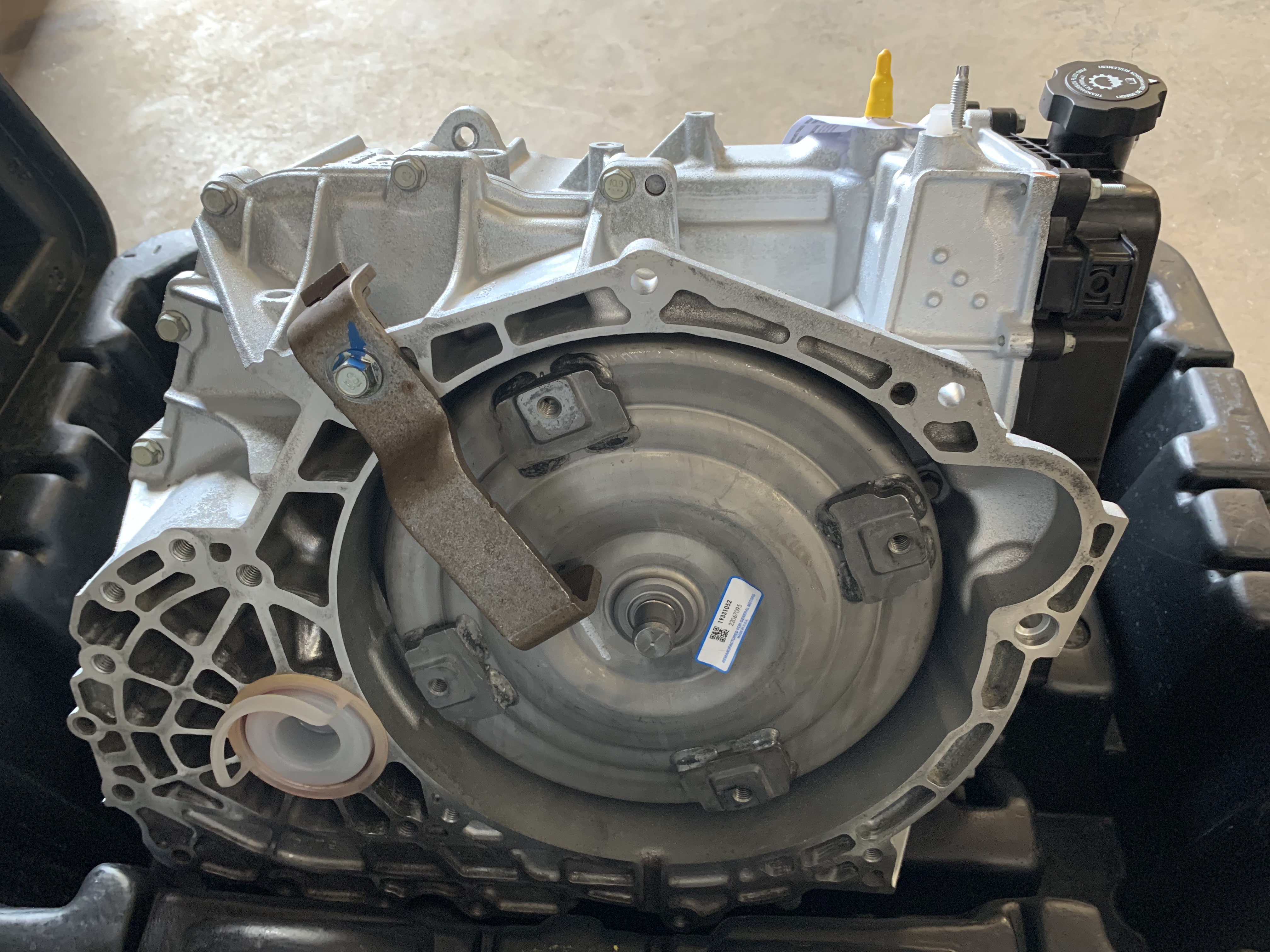
One of the most common transmission issues you can have is a slipping transmission. Slipping occurs when the transmission tries to change gear but falls back into the gear it was previously in. Or drops into neutral. Slipping doesn’t necessarily mean that your transmission is about to fail. But it is a sign that it is in serious need of service or repair. Schedule an appointment as soon as you can with a mechanic who can look into your issue. Symptoms of A Slipping Transmission The source of a transmission slip can be caused by various reasons. Diagnosing the issue can be a challenge, but here are some common signs to look for: Automatic Transmission Transmission tries to upshift, then falls back into a lower gear Transmission refuses to upshift Hard/rough gear changes Unusual noises when shifting Engine RPMs increase when stepping on the gas, but the vehicle speed doesn’t Check Engine Light is on Manual ... read more
Posted on 5/24/2022
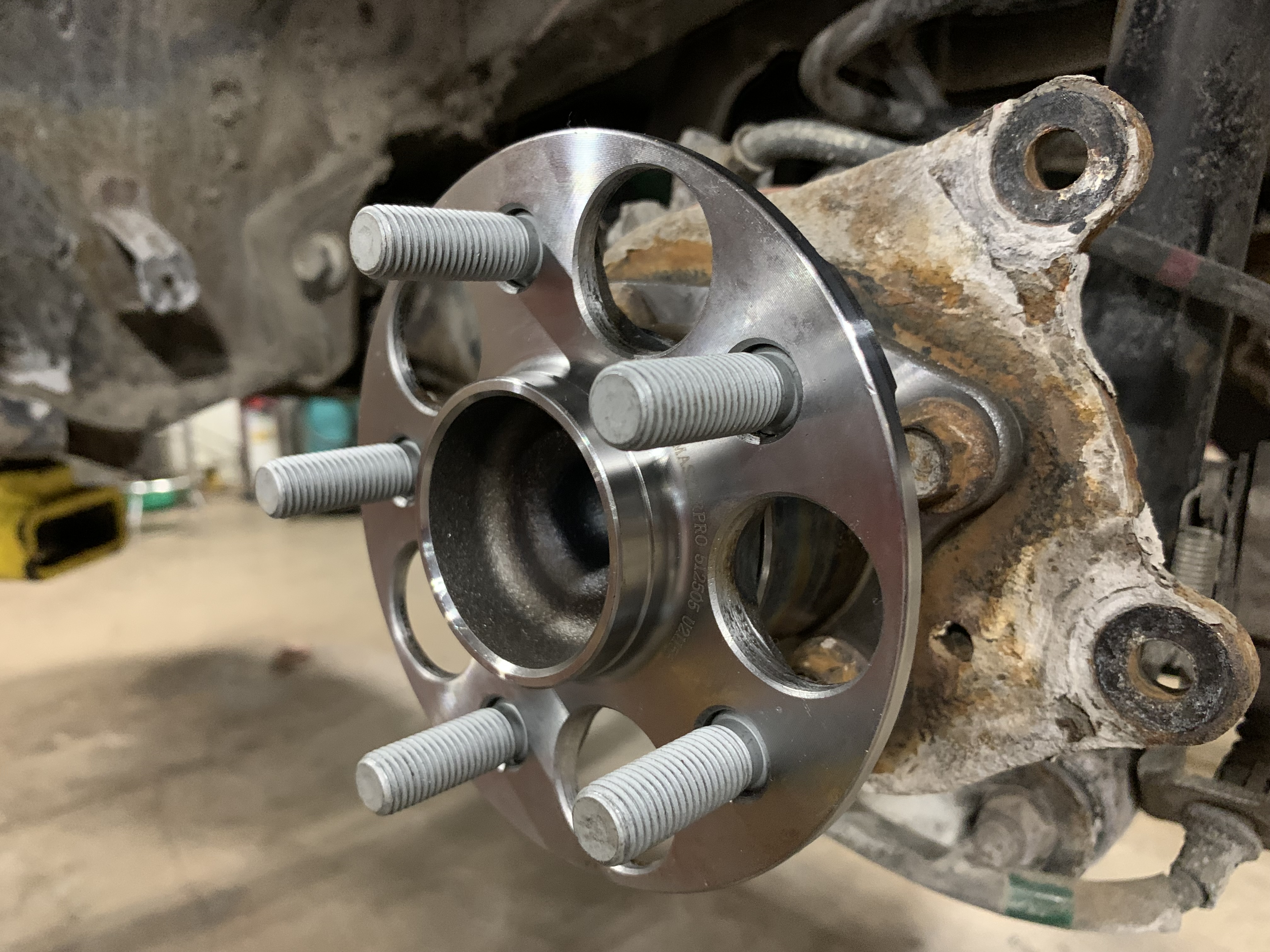
A wheel bearing is an important part of a vehicle’s braking, steering, and suspension systems. It is the component that connects the wheel to the axle and allows the wheel to turn. A wheel bearing is a set of steel ball bearings or tapers that are tightly packed in a grease-filled metal ring. They are engineered to support the entire weight of the vehicle and enable the wheel to rotate smoothly with minimum friction. Why Do Wheel Bearings Fail? Wheel bearings can fail for a variety of reasons and can also be damaged. They are especially vulnerable if you hit a tall curb, pothole, or speed bump at a high speed. If water, road salt, or mud gets past the waterproof seal and touches the bearings, it will contaminate the grease and cause the bearings to wear down and break prematurely. Top Warning Signs Your Wheel Bearings Need ReplacementNoise While Driving ... read more
Posted on 5/2/2022
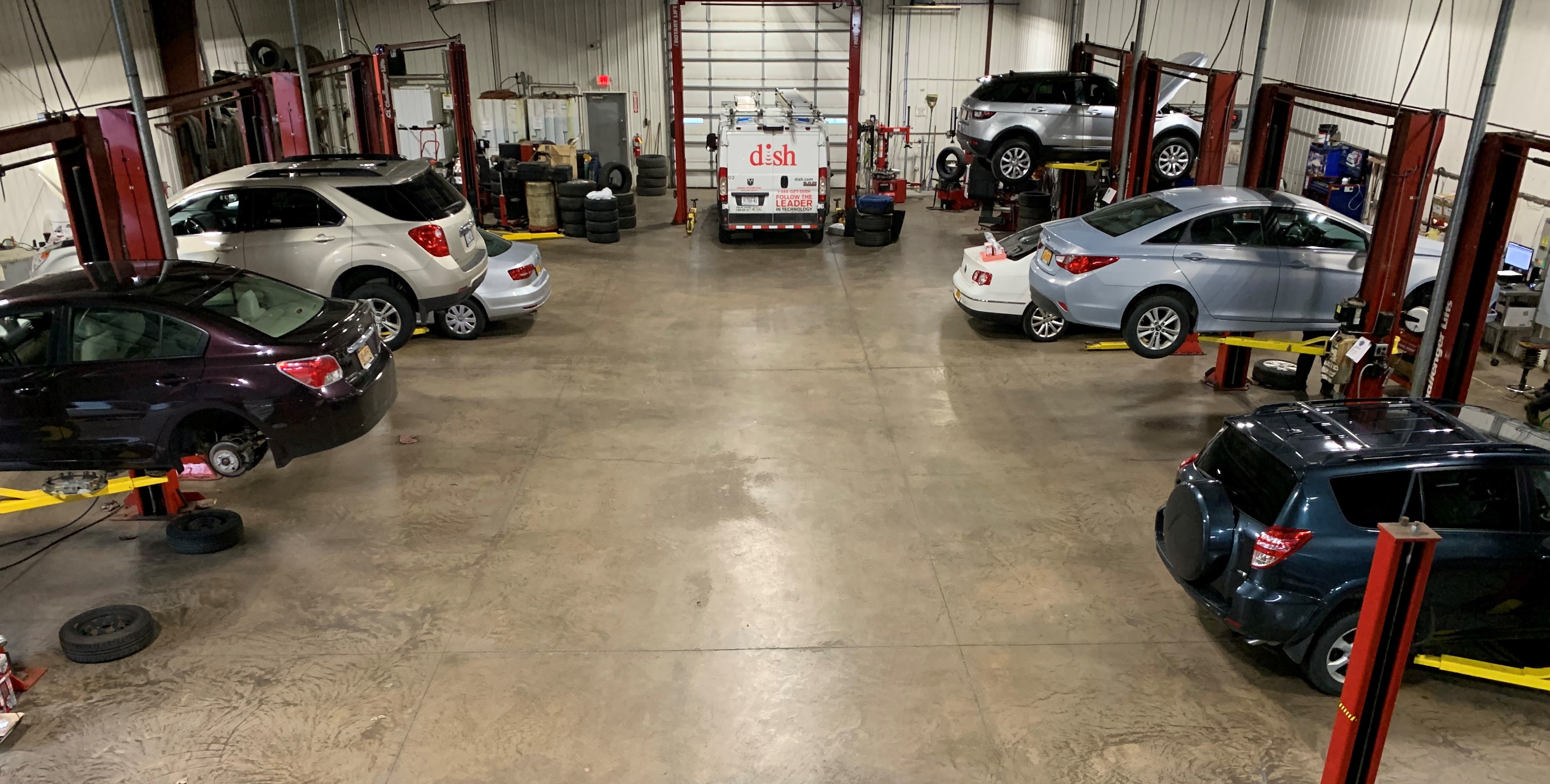
Vehicle maintenance at regular intervals helps keep your car in proper working order. And can prevent expensive repairs down the road. Even the most well-maintained cars will experience unexpected service problems. But it is better to be proactive rather than reactive. Keeping detailed service records can also help boost your car’s value when you decide to sell it or trade it in. Failing to follow preventative maintenance guidelines could even void your car’s warranty. Use this guide to learn about common maintenance recommendations. 3,000 – 5,000 miles – Oil Change An Oil Change is the most standard maintenance service for every car owner. An oil change every 3,000 - 5,000 miles is essential for keeping the key parts of your engine working properly. We recommend having your tires rotated every 5,000 miles to ensu ... read more
Posted on 5/2/2022
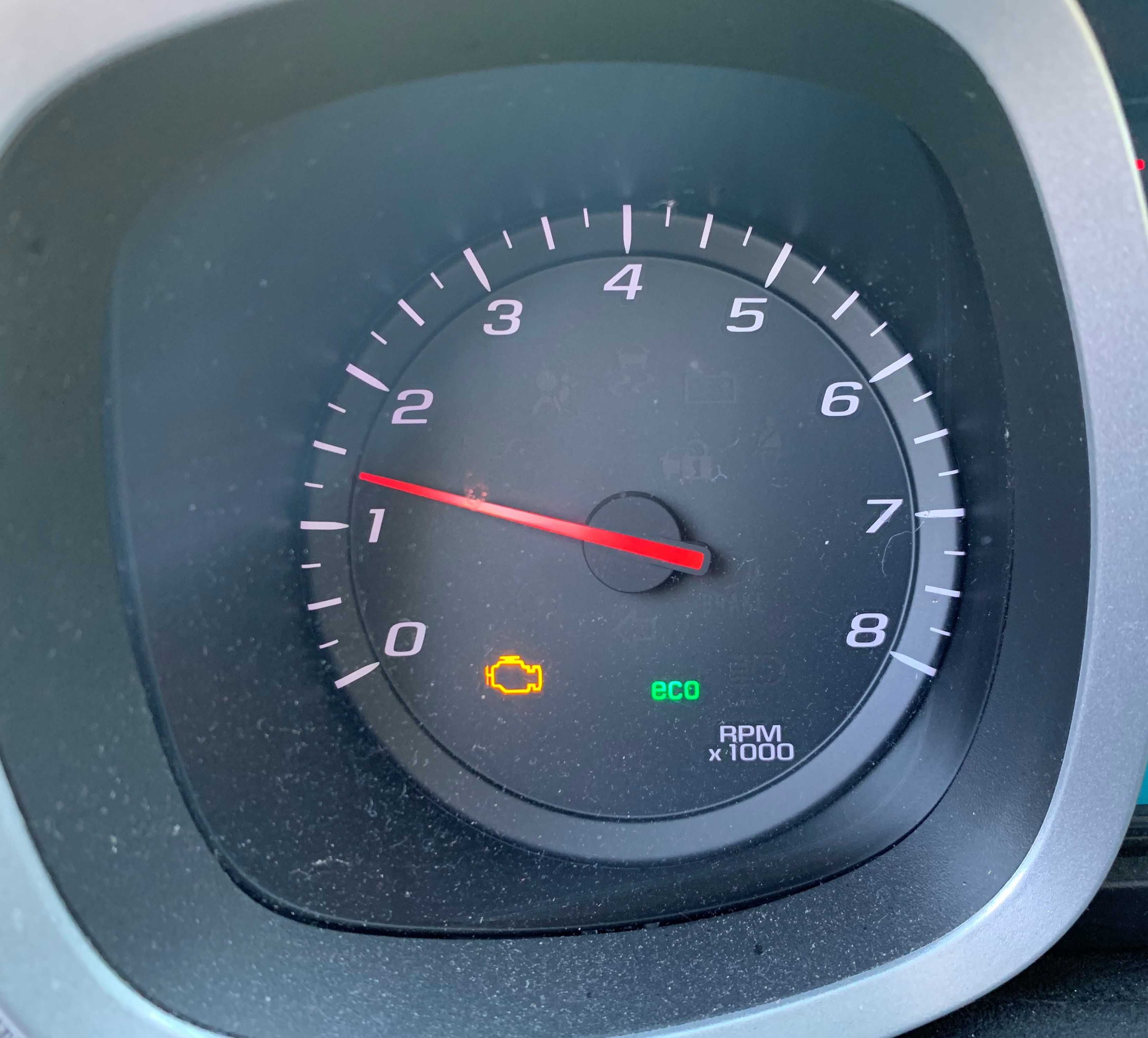
Your car will show you which areas of your vehicle need attention through the lights on your dashboard. If your tire pressure is low, the TPMS light will come on. The gas tank light comes on when you’re almost out of gas. But sometimes, it is not obvious what these lights are trying to tell us. A check engine light can appear on your dash for a variety of reasons. It could mean something simple like a loose gas cap or more complex like your engine is misfiring. So what should you do when your check engine light is on? Do Not Ignore Any Check Engine Light Clearly, something is a miss if the check engine light is on. Driving with a compromised engine could cause serious damage to different engine components if not assessed in a timely manner. If the check engine light is on steady and not flashing, you can keep driving it a ... read more
Posted on 5/2/2022
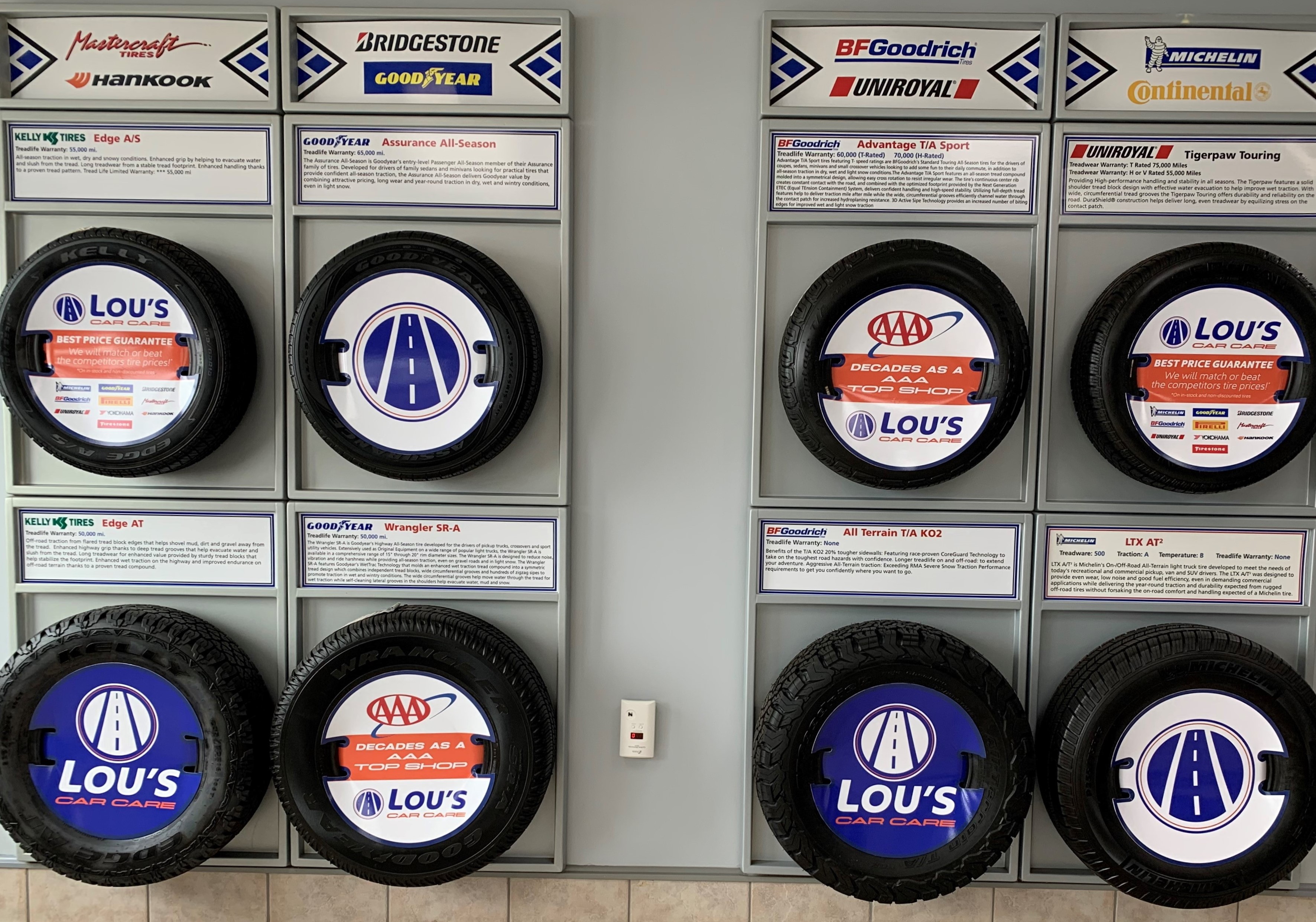
Tires are one of the maintenance items on a car that should be monitored regularly. Driving on worn tires is a safety hazard and could lead to additional complications with your vehicle down the road. If you’re getting ready to buy new tires, follow these 5 tips to find out how to choose tires that will fit your car and won’t break the bank. Tip #1: Check Your Owner’s Manual Your Owner’s Manual is a treasure trove of information for your vehicle. The manual will tell you the appropriate size and specifications of tires for your car. You can also find this information on a placard on the inside of the driver’s side door. Do not look at the sidewall of your existing tires. They may not be the same size of tire that originally came on your car or truck. Putting the right size tire on your car ensures that the speedometer will be accurate. And the proper loads will be placed on the transmission and other driveline components ... read more